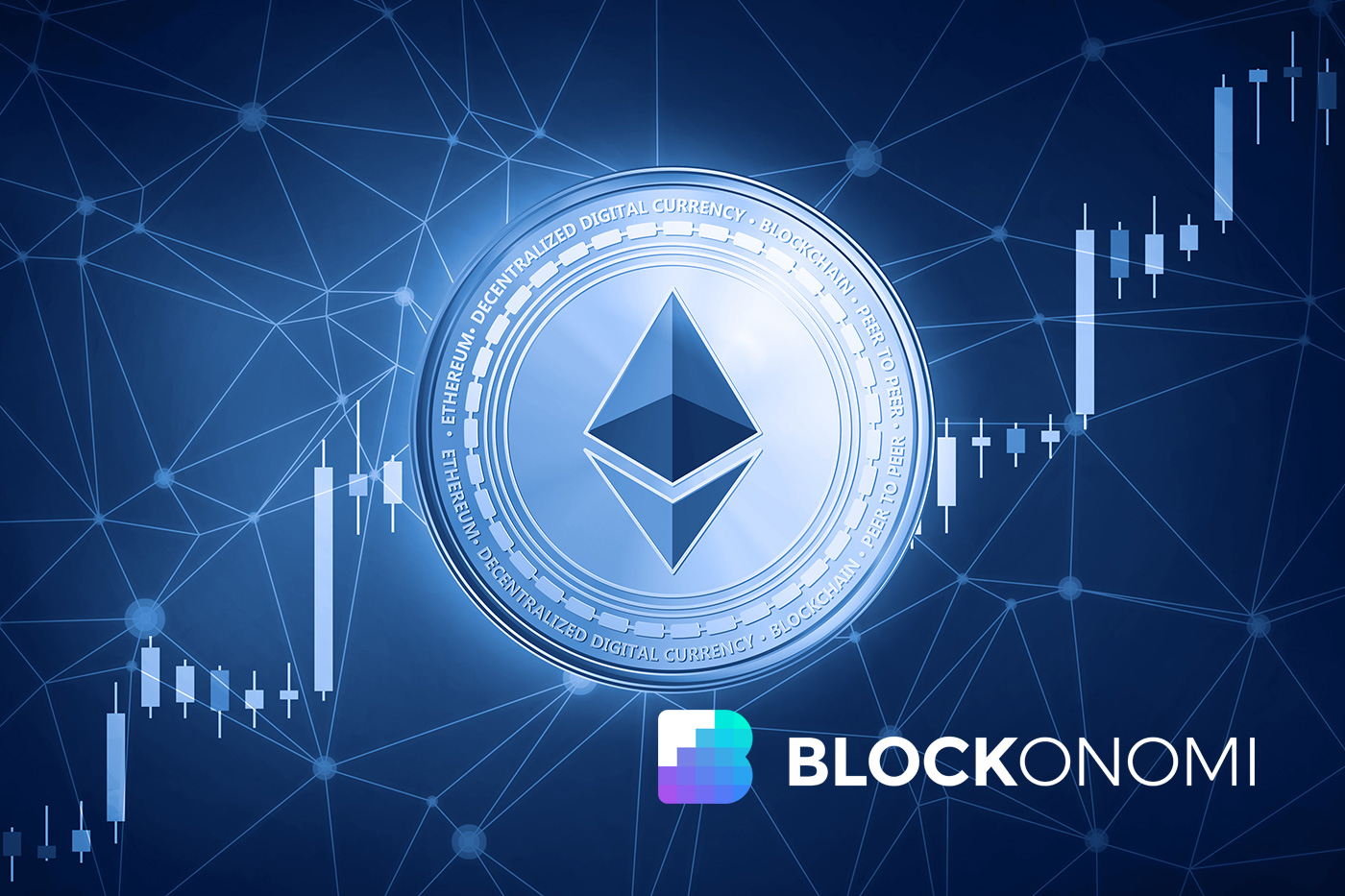Ethereum didn’t betray the expectations of its supporters. The second-largest cryptocurrency just hit an all-time high, jumping over $4,400 last Friday and topping that today to reach a new all time high.
The record was confirmed by Coinbase and CoinMarketCap.
Despite that, some analysts believes Ethereum is still undervalued.
Lark Davis – popular crypto analyst and investor – shared his views in a recent podcast.
The blockchain devotee said that Ethereum is still trading below its fair value and also noted that the Ethereum network would witness huge growth as a great situation is emerging.
Ethereum Is Still In Great Shape
As reported by CoinShares, Bitcoin, Ethereum and other altcoins have become a favored investment as the digital coins saw remarkable inflows.
Institutional investors are showing strong support for the top cryptocurrencies, rotating out of multi-asset investment products.
“Multi-asset investment products saw outflows totaling a record US$23m, in what is now a 3-week run of outflows. We believe investors are currently preferring single-line exposure and are becoming more discerning over their altcoin exposure,” digital asset manager detailed.
The very first Bitcoin EFT just previously got approved by the US Securities and Exchange Commission (SEC).
The new ETF is accepting payment links with digital currencies. Many believe it is just the matter of time when the government agency would do the same for the Ethereum ETF.
Carlo di Florio, a lecturer at Columbia University and former official of the SEC, said the regulator is likely to approve an ETF linked to Ethereum futures.
According to him, the SEC can benefit from the regulation of Ether futures ETFs, like Bitcoin.
The popularity of NFTs and decentralized finance (DeFi) makes the future of Ethereum more realistic and positive.
With each passing day, the non-fungible token sector is becoming a record-setting segment of the crypto world, where new records are being broken with almost every transaction.
The core point is that many types of NFTs now run on Ethereum.
Another big trend in Ethereum is decentralized finance, which describes traditional financial products like loans and mortgages using blockchain technology.
The blockchain replaces a bank or financial agency, normally known as the intermediary and records everything in the network.
Ethereum 2.0 Will Be A Game Changer
In comparison with Ethereum, Bitcoin is a payment network used to transact between two people anywhere in the world.
Currently Bitcoin mainly exists as an investment asset in the virtual currency world. Ethereum, in contrast, aims to build a virtual infrastructure that is completely independent and does not rely on any authority.
However, high charges on Ethereum network is a major pain that drives people away from getting onboard.
Additionally, mass adoption is unlikely to happen unless the transaction speed is improved. The long-waited Ethereum 2.0 promises to address these issues on the current network.
Ethereum 2.0 aims to make Ethereum more scalable, more secure, and more sustainable. These changes are made by various elements within the Ethereum ecosystem, each focused on building a specific part of the entire upgrade.
The current Ethereum network can only support about 15 transactions per second. The low scalability becomes a limiting factor when it comes to introducing millions of new users and launching more decentralized applications.
Ethereum 2.0 targets millions of transactions per second, with a complete integration of Proof-of-Stake.
At the time of writing, Ethereum 2.0 Altair Beacon Chain Upgrade successfully launched. The event marked the initial phase (or phase 0). The next stop will be the “Merge” and the transition to Proof-of-Stake.
The famous Proof of Work-based consensus model, used by the current Ethereum network, requires a lot of computing power and energy. Ethereum’s strategic plan is to make Ethereum a better infrastructure with the Proof-of-Stake.
As long as the issues with the current network are fixed, ETH has a bright future, and will likely rise in price over the long term.






































